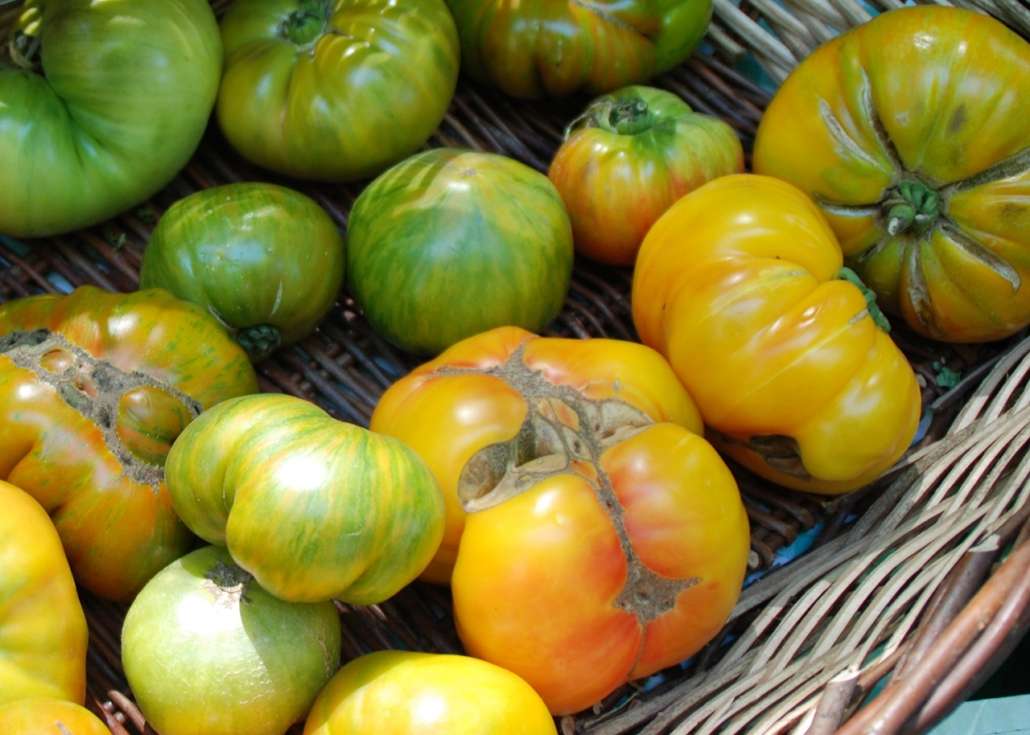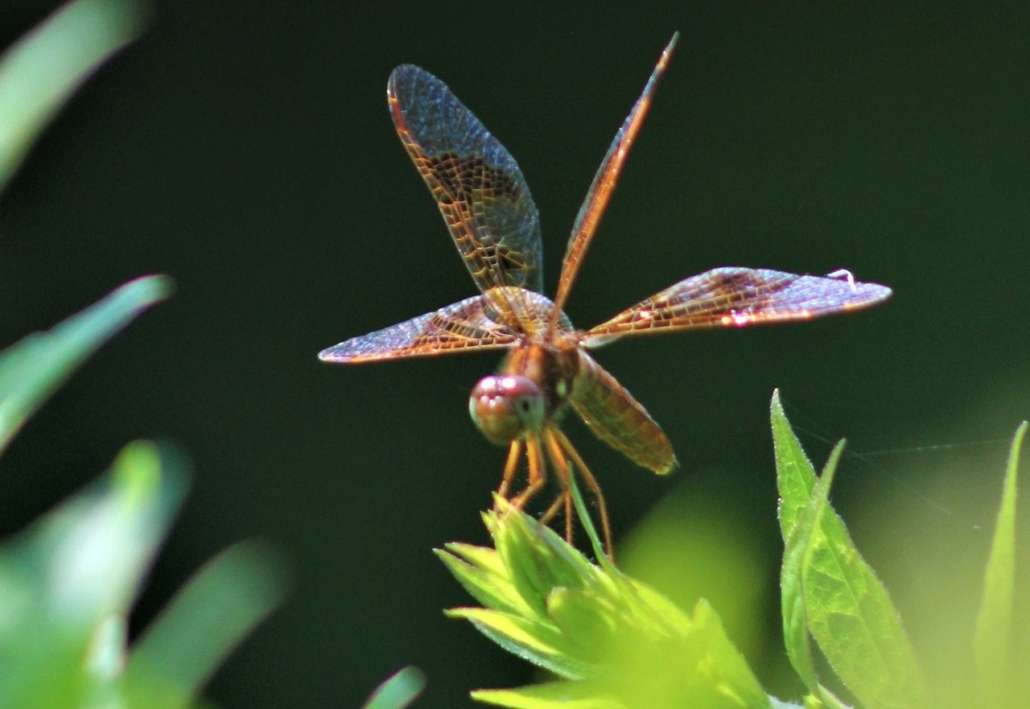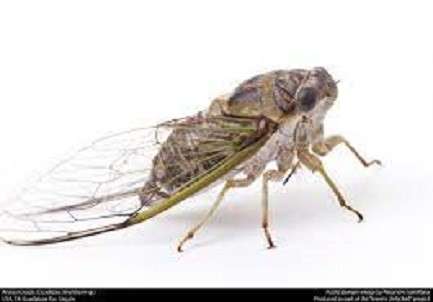FINANCIAL FOCUS – 529 plan: underused but valuable
 submitted by Sasha Fitzpatrick
submitted by Sasha Fitzpatrick
In just a few weeks, students will be heading off to college – and parents will be getting out their checkbooks. Without a college-bound student in your home right now, you might not be thinking much about tuition and other higher education expenses, but if you have young children, these costs may eventually be of concern – so how should you prepare for them?
It’s never too soon to start saving and investing. Unfortunately, many people think that they have a lot of “catching up” to do. In fact, nearly half of Americans say they don’t feel like they’re saving enough to cover future education expenses, according to a 2022 survey conducted by financial services firm Edward Jones with Morning Consult, a global research company.
Of course, it’s not always easy to set aside money for college when you’re already dealing with the high cost of living, and, at the same time, trying to save and invest for retirement. Still, even if you can only devote relatively modest amounts for your children’s education, these contributions can add up over time. But where should you put your money?
Personal savings accounts are the top vehicle Americans are using for their education funding strategies, according to the Edward Jones/Morning Consult survey. But there are other options, one of which is a 529 plan, which may offer more attractive features, including the following:
Possible tax benefits – If you invest in a 529 education savings plan, your earnings can grow federally income tax-free, provided the money is used for qualified education expenses. (Withdrawals not used for these expenses will generally incur taxes and penalties on investment earnings.) If you invest in your own state’s 529 plan, you may receive state tax benefits, too, depending on the state.
Flexibility in naming the beneficiary – As the owner of the 529 plan, you can name anyone you want as the beneficiary. You can also change the beneficiary. If your eldest child foregoes college, you can name a younger sibling or another eligible relative.
Support for non-college programs – Even if your children don’t want to go to college, it doesn’t mean they’re uninterested in any type of postsecondary education or training. And a 529 plan can pay for qualified expenses at trade or vocational schools, including apprenticeship programs registered with the U.S. Department of Labor.
Payment of student loans – A 529 plan can help pay off federal or private student loans, within limits.
Keep in mind that state-by-state tax treatment varies for different uses of 529 plans, so you’ll want to consult with your tax professional before putting a plan in place.
Despite these and other benefits, 529 plans are greatly under-utilized. Only about 40% of Americans even recognize the 529 plan as an education savings tool, and only 13 percent are actually using it, again according to the Edward Jones/Morning Consult study.
But as the cost of college and other postsecondary programs continues to rise, it will become even more important for parents to find effective ways to save for their children’s future education expenses. So, consider how a 529 plan can help you and your family. And the sooner you get started, the better.
This article was written by Edward Jones for use by your local Edward Jones Financial Advisor. Edward Jones, Member SIPC.
Investors should understand the risks involved of owning investments. The value of investments fluctuates and investors can lose some or all of their principal.





















